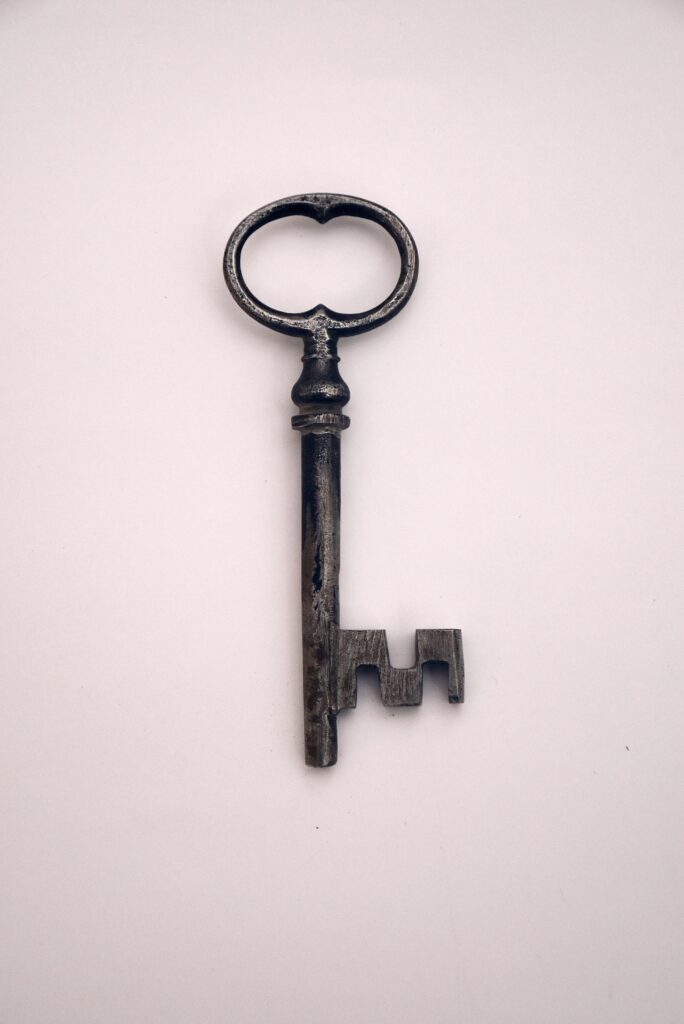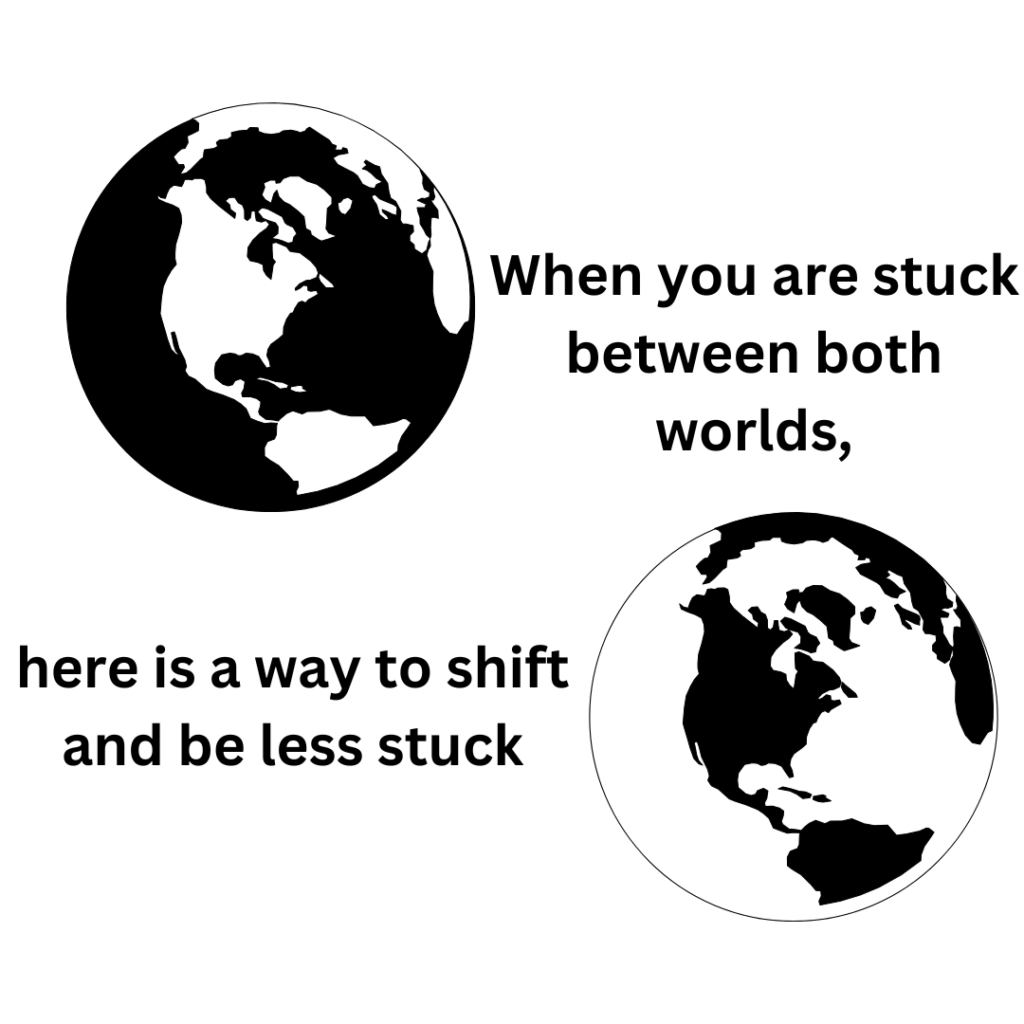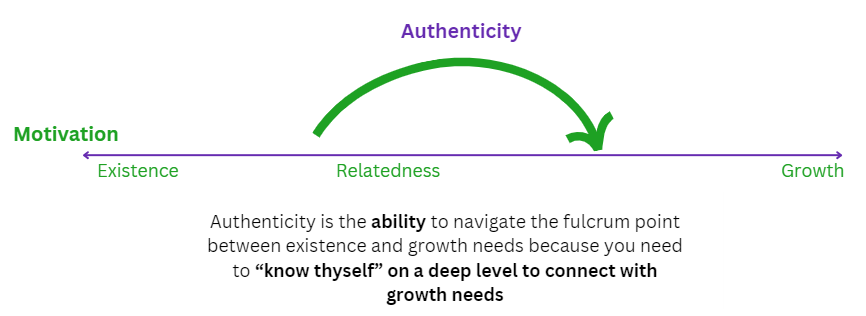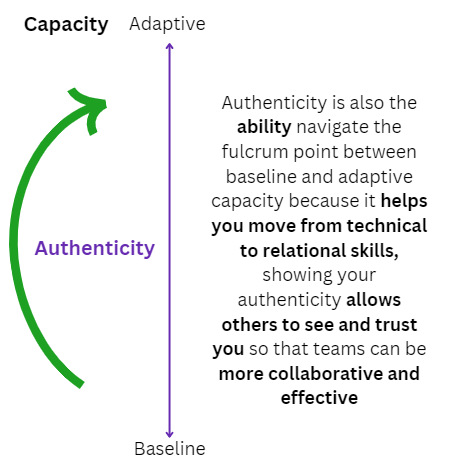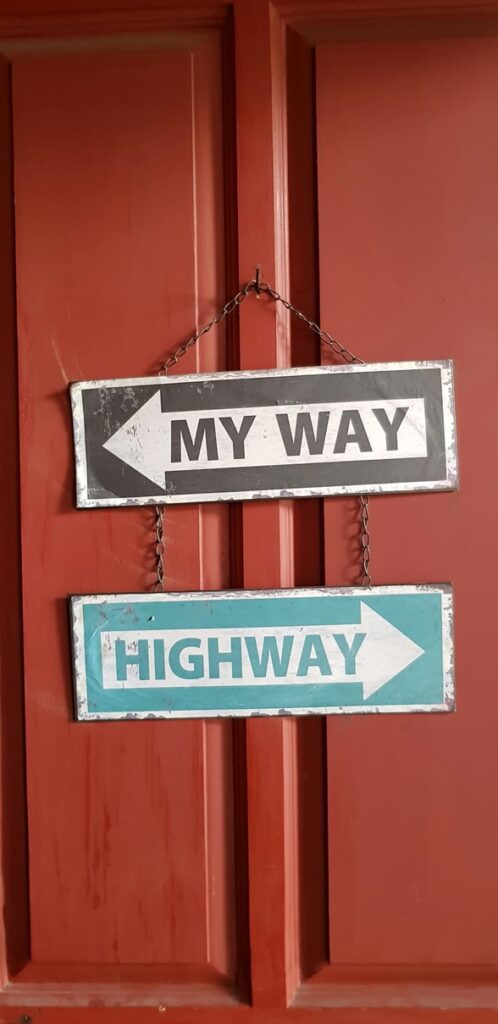
This is the flip side to the question of “What are you saying yes to?”
While yes is all about possibilities, connections, and the power to change worlds, no is all about boundaries.
Saying no means that I’ve had enough, I don’t have room for this, or I don’t want this.
Sometimes our no can also be misconstrued as: you are not important to me, I don’t like you, or I want to push you away. For many people we’ve been taught to constantly say yes, even at the expense of burning ourselves out.
How do I know when to say no? I look for signs.
- I am starting to feel resentful – either at myself or the other person. Doesn’t matter where the resentment is directed to: it is here and it says pay attention.
- I get a visceral reaction in my body – it can be a clenching sensation or a repelling sensation. Doesn’t matter: both of these are telling me that something or someone has gone too far for me right now and I want to stop.
- A part of me literally says “I don’t wanna,” – sometimes this part sounds like a whiny child, sometimes this part is a full force that is telling the other person to go no further.
When any of these signs appear, I stop.

Even if (I think) I cannot stop doing what I am doing in the moment, I take an inner pause.
I bring my attention to myself – it can be to my own breath, the sensation of the air on my skin, or listening to my own heartbeat.
As I do that, I realize that this is my body and mind telling me no.

No, I don’t want to pick up the groceries tonight – because I am exhausted from a long day.
No, I don’t want to do the dishes – because it has been my turn the last 3 times and I really want someone else to do it today.
No, I don’t want to finish the report by the end of week – because I have 4 other things on my plate and I cannot prioritize this.
Once I get really clear on that specific no, then something in me is seen and heard. I feel a bit of relief, “Oof you’re finally listening to me! The madness cannot continue.”
Then I explore what I need: for any time I am saying no to something, I am saying yes to something else.
I am saying:
No, to picking up groceries because I need rest and relaxation tonight. Perhaps I’ll put on a podcast and close my eyes for a bit.
No, to doing the dishes because I need mutuality and respect. So let the other person step in.
No, to finishing the report because I need spaciousness and ease. Squishing everything into this week feels suffocating.
Saying no to something means saying yes to something else.
~~~~~~~~~~~~~~~~~~~~~~~~~~~~~~~~~~~~~~~
Nancy Li hosts outdoor safe spaces during the night for women – where we release tension and stress, warm up our voices, and allows ourselves to fully express what is alive in each person
Learn more about Moon Night Gathering here: https://pannapanya.com/moon-night-gathering/






















